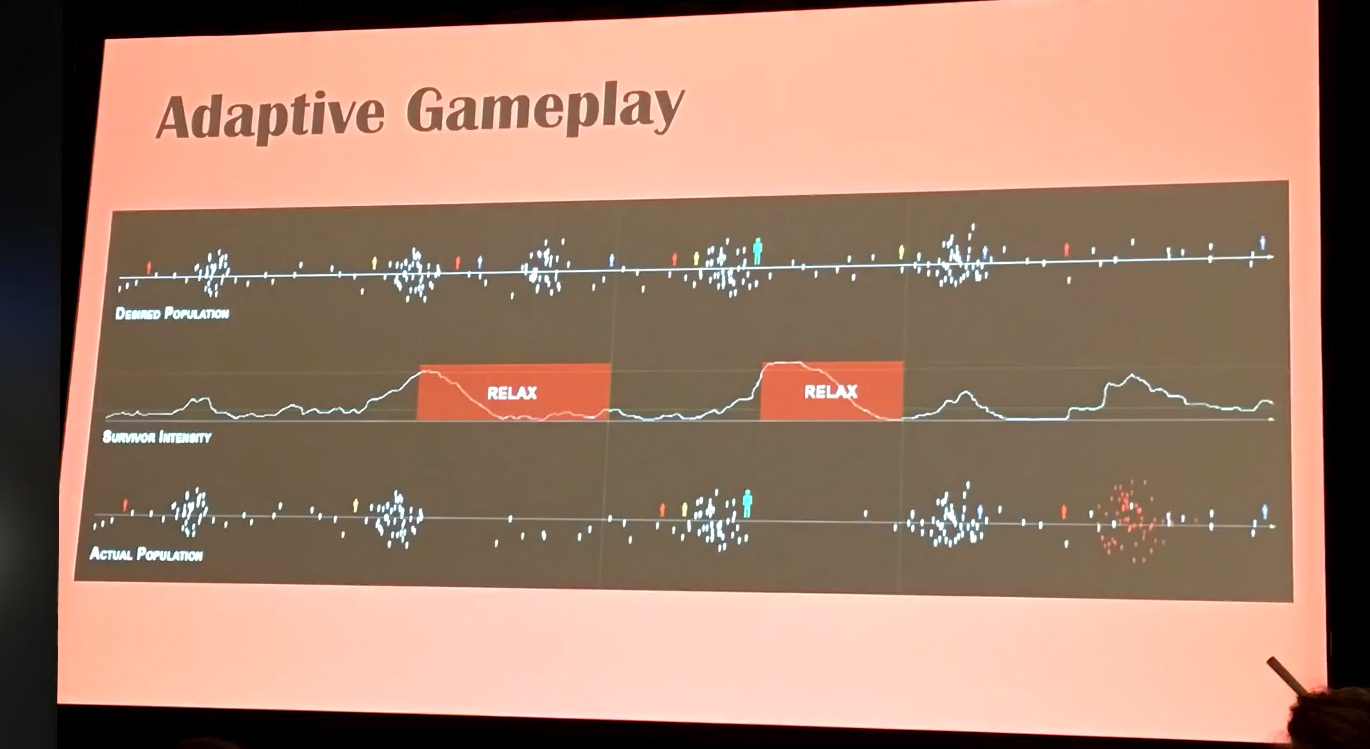What will be the gaming neural interfaces?

A comic slide from a presentation by Mike Ambinder, who holds the position of lead experimental psychologist at Valve Software ( video )
At the conference for GDC 2019 game developers, lead experimental psychologist Valve Software Mike Ambinder made an interesting presentation by Brain-Computer Interfaces: One Possible Future for How We Play about how his company sees the future of brain-computer interfaces. According to the expert, this is a very likely way for people to play video games.
In the near future, scientists will not be able to download the game directly to the brain. First you need to implement a simpler technology, when the brain and the game interact with each other separately, connecting with a fast communication channel.
According to Ambinder, the simplest neural interface provides for the traditional version of control in the game (with hands), but with the parallel reading of psychological data. Even at such a primitive level, it is possible to develop games of a new type. One can imagine that the development of the plot or action of the enemy in the game takes into account the emotions of the player (fear, aggression, etc.). Valve calls it "adaptive gameplay." Obtaining data on the emotions of players will allow developers to create more exciting games, and in multiplayer, the neural interfaces will help to calculate evil and toxic players that are better to be banned.

With the further development of neural interfaces, you can completely abandon traditional interfaces such as a keyboard, mouse or gamepad. This takes the gaming industry to a radically new level, reducing the delay between decision making and action in the game. Now this delay consists of several components:
- Rendering a picture and displaying it on the screen.
- Perception of information and its processing by the human brain.
- Decision making by the brain.
- The transmission of a neuroimpulse from the brain to the muscles, the activation of muscles.
- Signal transmission from input devices to the program.
A full-fledged bus interface eliminates the fourth and fifth components. At the same time, instead of the fifth point, a delay is added to read the brain signal and transfer it to the computer, but the total delay should be reduced, which will speed up the gameplay.
Moreover, thanks to the neural interfaces, the built-in restrictions of physical input devices are removed, including the restriction on the degrees of freedom, the number of possible actions, the speed of input actions, the bandwidth, and so on. Now it’s even hard to imagine how complex and rich games can be created if you provide information directly from the player’s brain.
A player can memorize up to 20-100 combinations of mouse and keyboard commands, explained Ambinder. For some games this is enough, but the limitation remains. And the transmission time of the pulse from the synapse to the finger is on average about 100 milliseconds. According to experts, this delay can be reduced to 20-30 milliseconds using a brain scanner.

Mike Ambinder said that the neural interface can work in a non-contact way or through the introduction of an intracortical implant into the skull.

Probably, for the first time after the appearance of neural interfaces, they will not be completely “socially acceptable,” that is, most players will not agree to buy a special helmet for reading brain impulses. It can be assumed that at first such equipment will begin to be integrated into virtual reality helmets, delivering it as a set. So gradually the neural interfaces will gain a critical mass of users, and over time they will become a standard function of the gameplay.
At the next stage, it will be necessary to somehow persuade users to install implants in the skull, which now seems to be a very difficult task. But over time, gamers' habits will surely change, as will the norms of permissible cyberization. If such an implant will give a real advantage over others by reducing latency, it can become an absolutely necessary accessory for professional gaming. For Valve, selling neural interfaces, helmets and implants can be an additional source of income.
In this direction, not only Valve, but also other gaming companies are conducting active research. Existing equipment already allows you to track different physiological parameters of the player: from synaptic reactions to the "galvanic skin reaction", gaze, muscle tension and posture. Ambinder mentioned experiments with heart rate sensors, about adjusting the complexity of a game based on a player’s emotions, and choosing virtual rewards based on which ones bring the player more pleasure.
